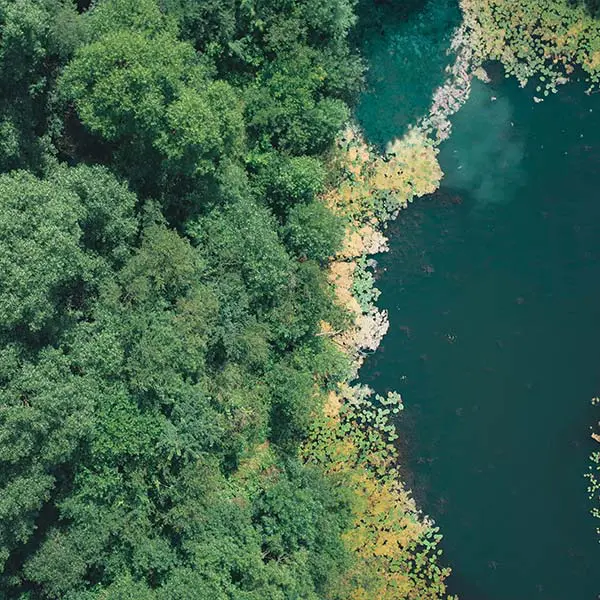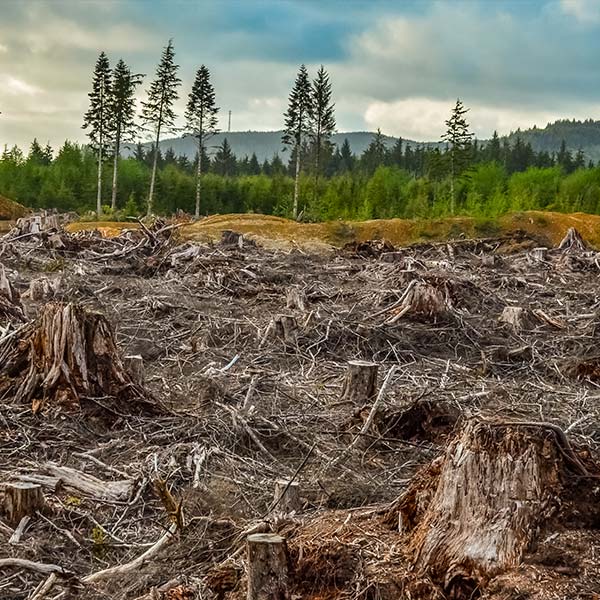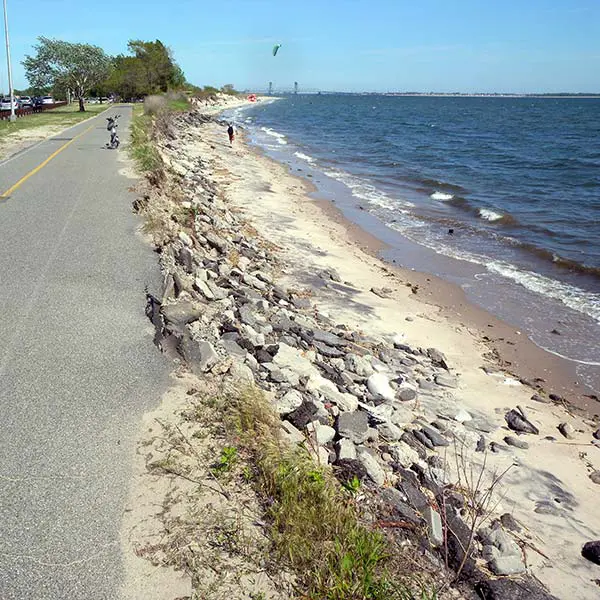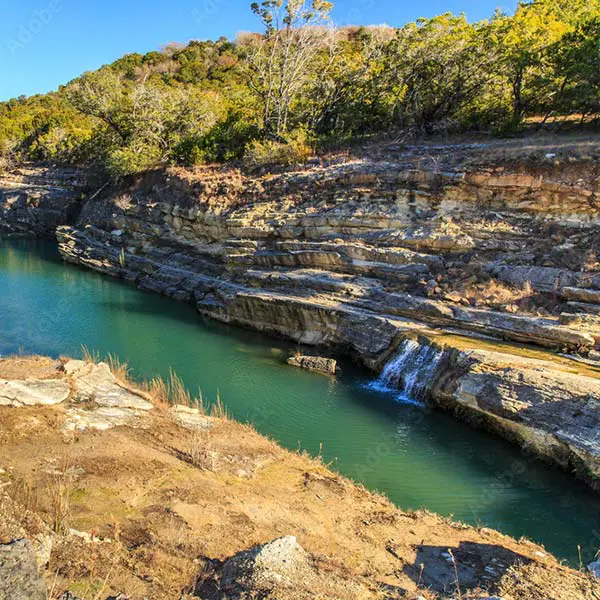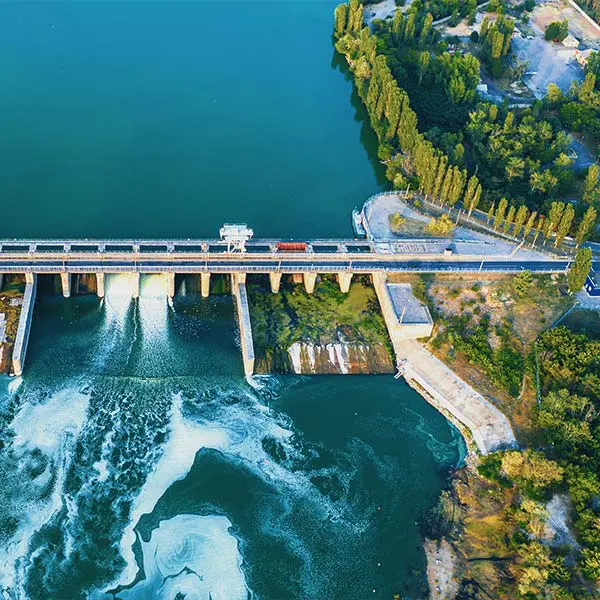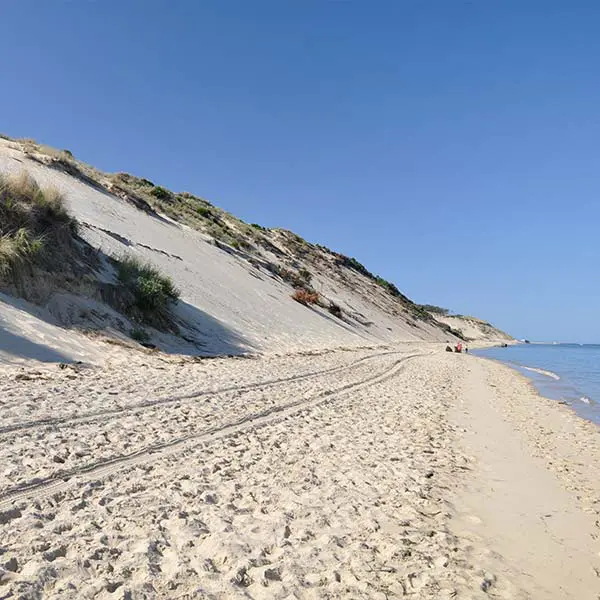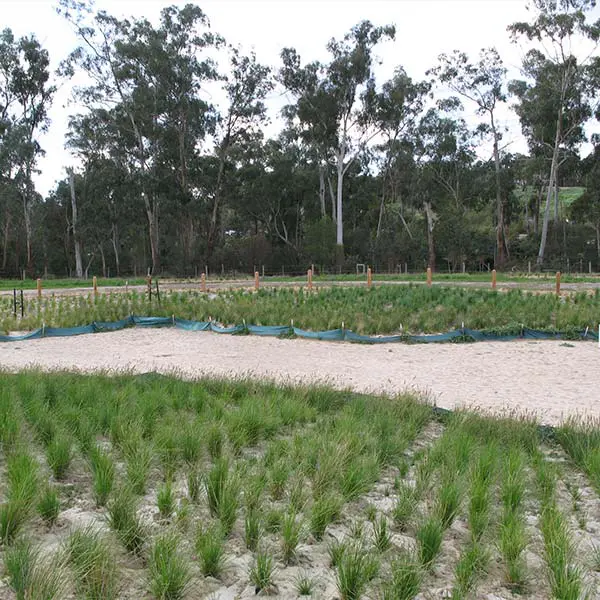Using LiDAR for Environmental Research.
Contribute to a better environment for all living beings.
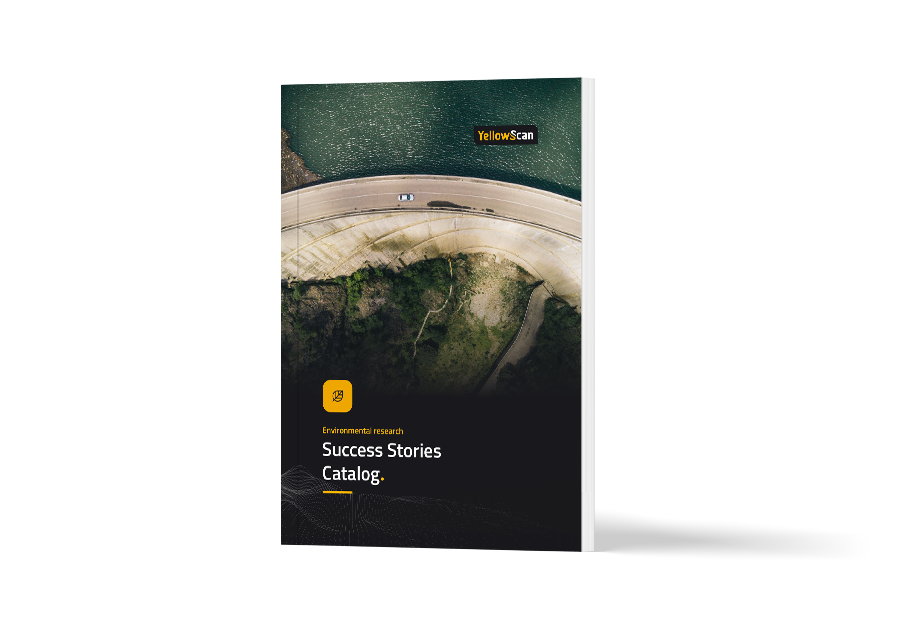
SUCCESS STORIES
Want to read about our customers real-world case studies?
Discover how our YellowScan LiDAR solutions can help capture different levels of vegetation, from the canopy to the ground, which helps analyze forest ecosystems, tree growths, the spread of disease and parasites, and more.
Download catalogNeed help with your LiDAR project?
Let’s talk! Our team of experts can help you clarify your needs and propose the most suitable solutions for you to successfully complete your mission.
LiDAR systems are effective tools for monitoring environmental changes on a large scale.
This technology has revolutionized conservation and environmental research by providing useful information, as 3D pointclouds, in the quest to save forests, animals, and humans.
Knowledge base
Discover our solutions by reading about our users’ experience in the field.
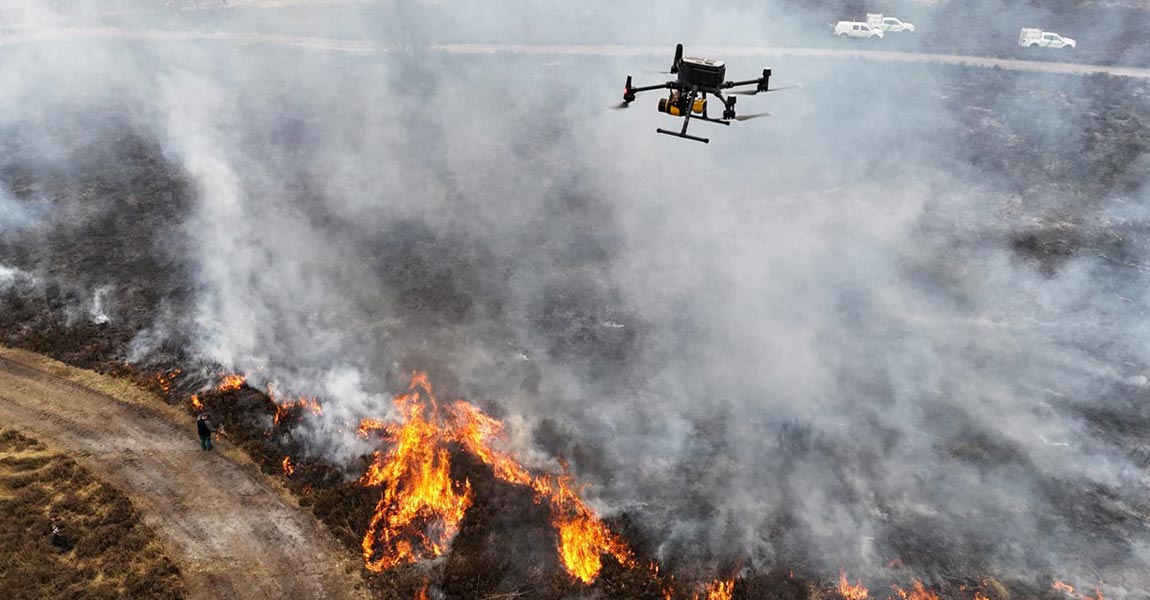
The research team at PXL University of Applied Sciences and Arts conducted this project as part of a broader effort to develop quantitative methods for estimating fuel types and loads in general and fuel consumption in prescribed burns in particular. Traditional field-based assessments were time-consuming and often imprecise, making it difficult to evaluate fuel consumption across diverse vegetation structures.
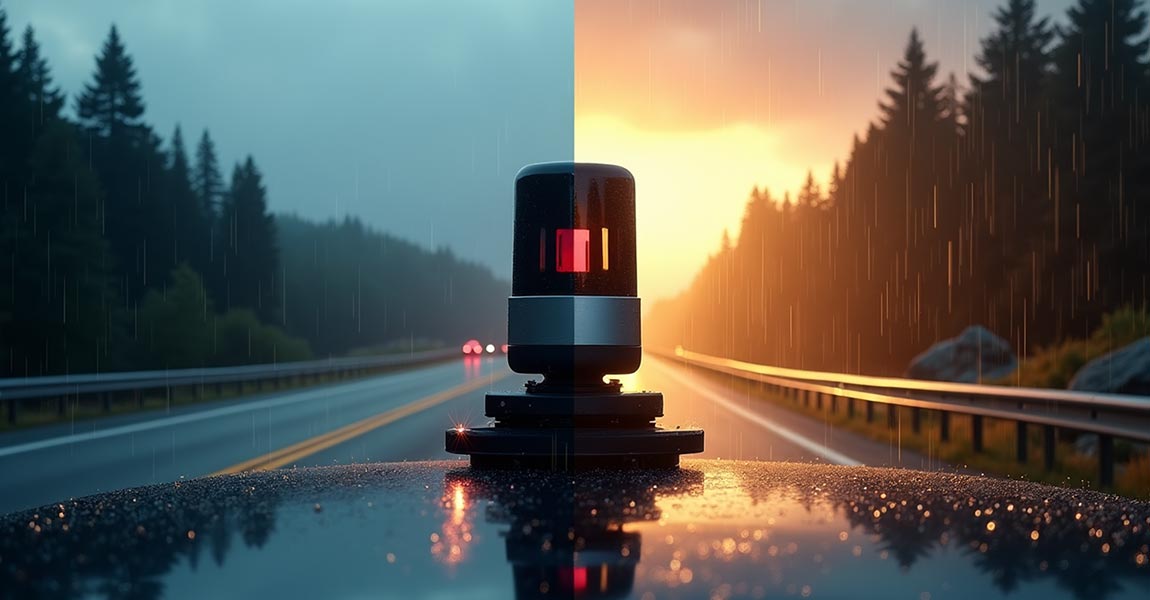
Hero Image for How Weather Really Affects LiDAR Performance LiDAR technology employs light to measure distances with remarkable precision. Short for Light Detection and Ranging, this remote sensing method sends out laser pulses and measures their return time after bouncing off objects. The result creates detailed three-dimensional representations of environments.
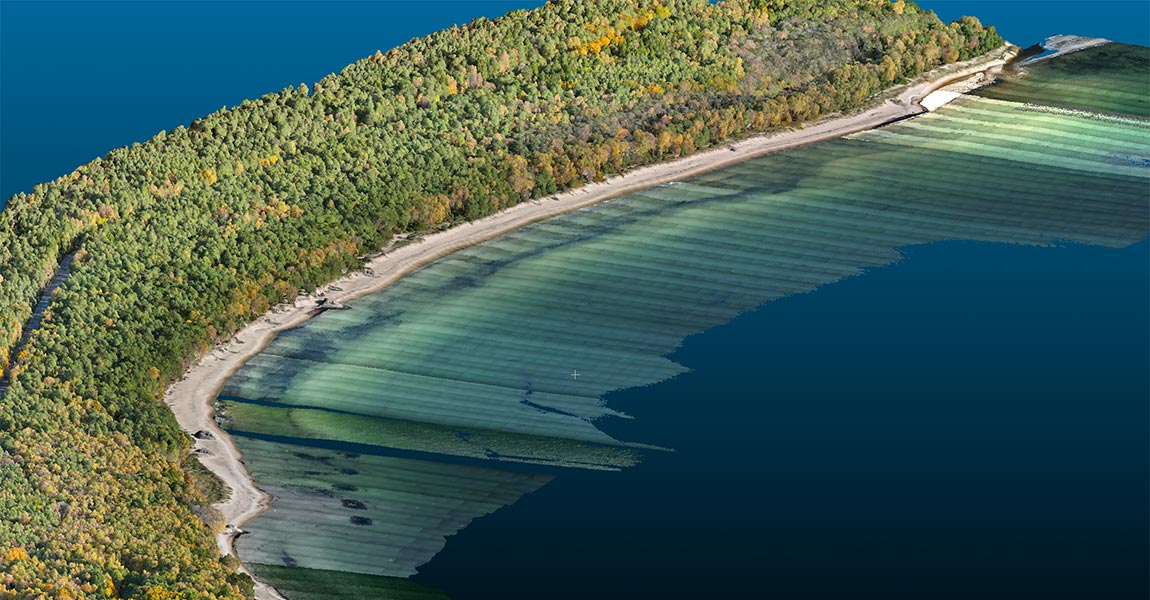
Located on the southernmost coast of Sweden, Ystad is a popular region known for its shallow sandy beaches and thriving tourism. However, its exposure to strong winds and waves across the Baltic Sea makes it particularly vulnerable to coastal erosion.
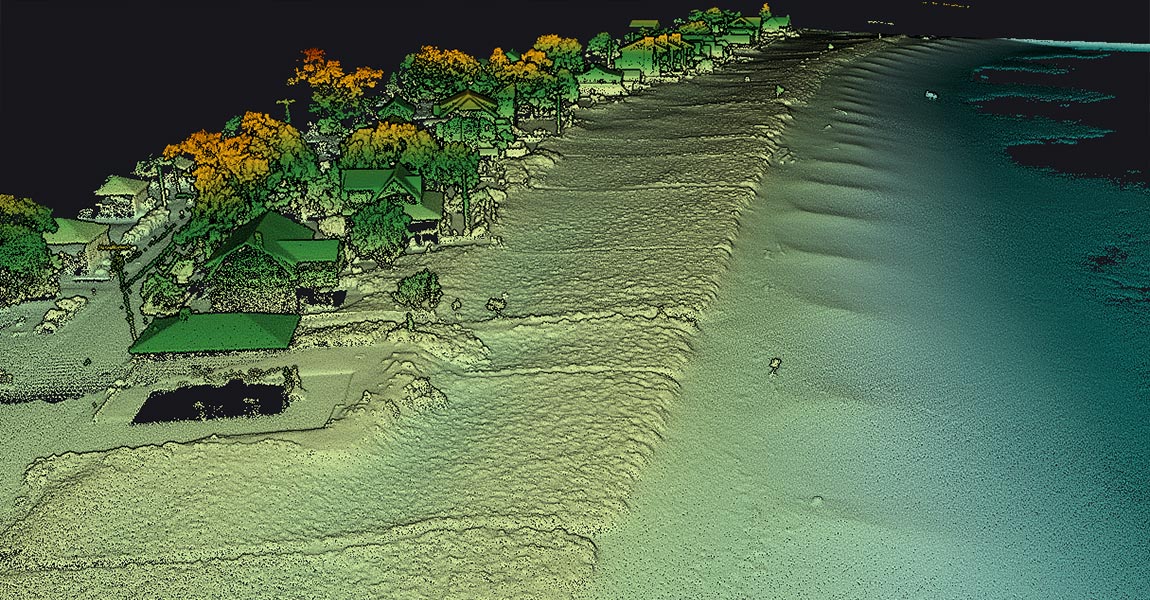
Along the coast of Maine, USA, communities are facing increasing pressure from storm-driven erosion and rising sea levels. The region is home to sensitive ecosystems, such as habitats for endangered piping plovers, and its economy depends heavily on both tourism and the health of its coastal environment.
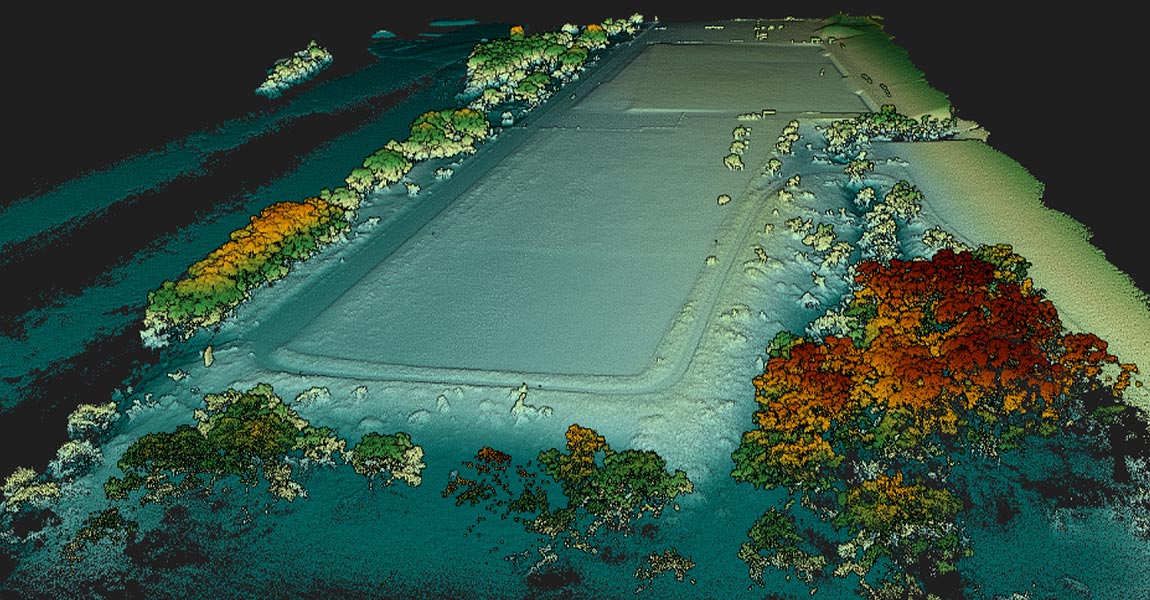
In information analysis, measurements, and classification, especially with LiDAR solutions like those from YellowScan, the terms "accuracy" and "precision" are often confused. Although they have distinct meanings, both are essential for evaluating solution performance in fields such as UAV-based LiDAR mapping and machine learning.
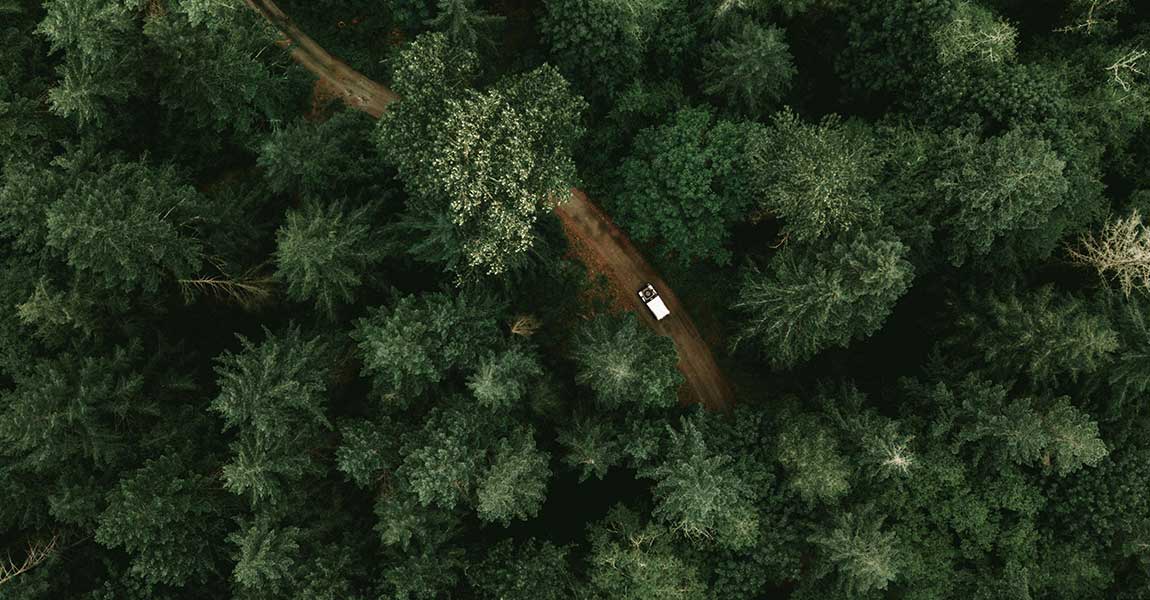
LiDAR technology sends out hundreds of thousands of laser pulses each second. It achieves impressive accuracy between 2.5 and 10 centimeters in surveyed areas. This precision makes it a great way to get data for creating detailed 3D point clouds that serve applications of all types, from geology to urban planning.
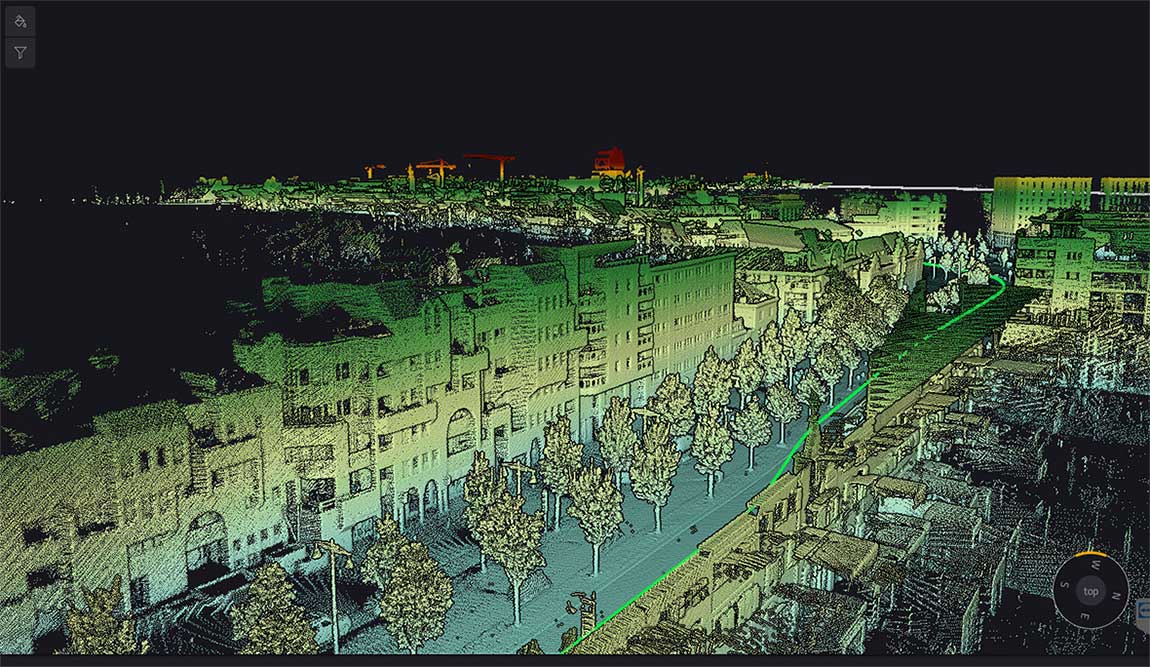
LiDAR (Light Detection and Ranging) serves as the life-blood of modern navigation systems. It provides precise spatial measurements through an elegant yet powerful operational principle. Unlike passive sensing technologies, LiDAR actively emits laser pulses toward objects and measures the reflection time back to the sensor. This time-of-flight measurement helps calculate exact distances using the formula d = (c × Δt) / 2, where c represents light speed and Δt indicates the time delay.
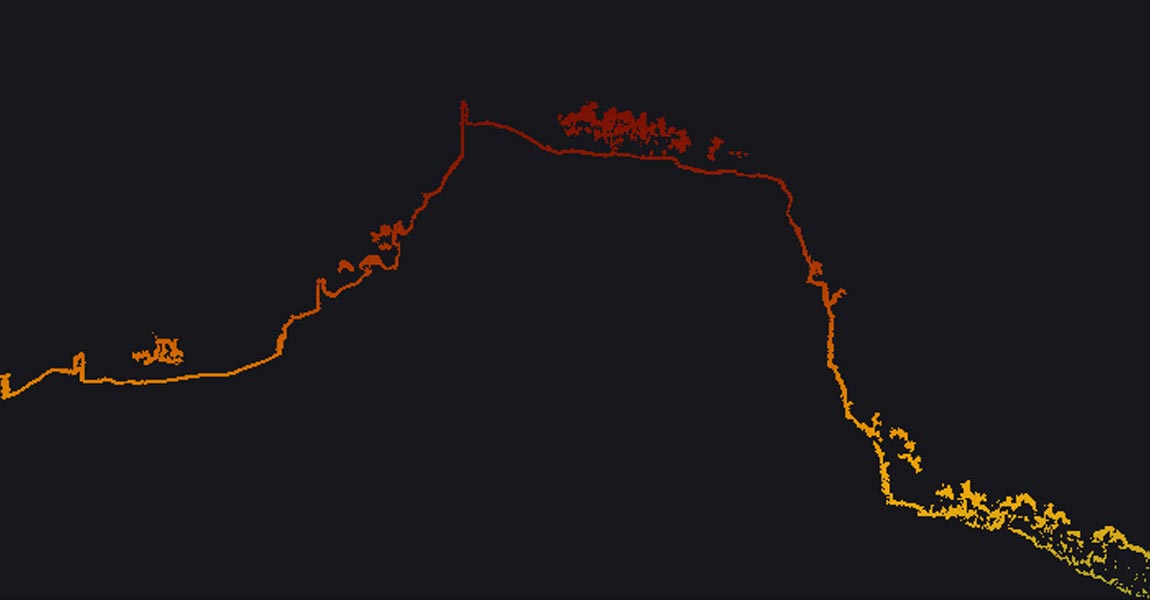
LiDAR accuracy is the life-blood of reliable spatial data acquisition. The basic concept shows how close a LiDAR measurement comes to the actual real-life value. At the time professionals discuss LiDAR accuracy, they express it as a range (±2cm) or as a standard deviation (3cm to 1σ).
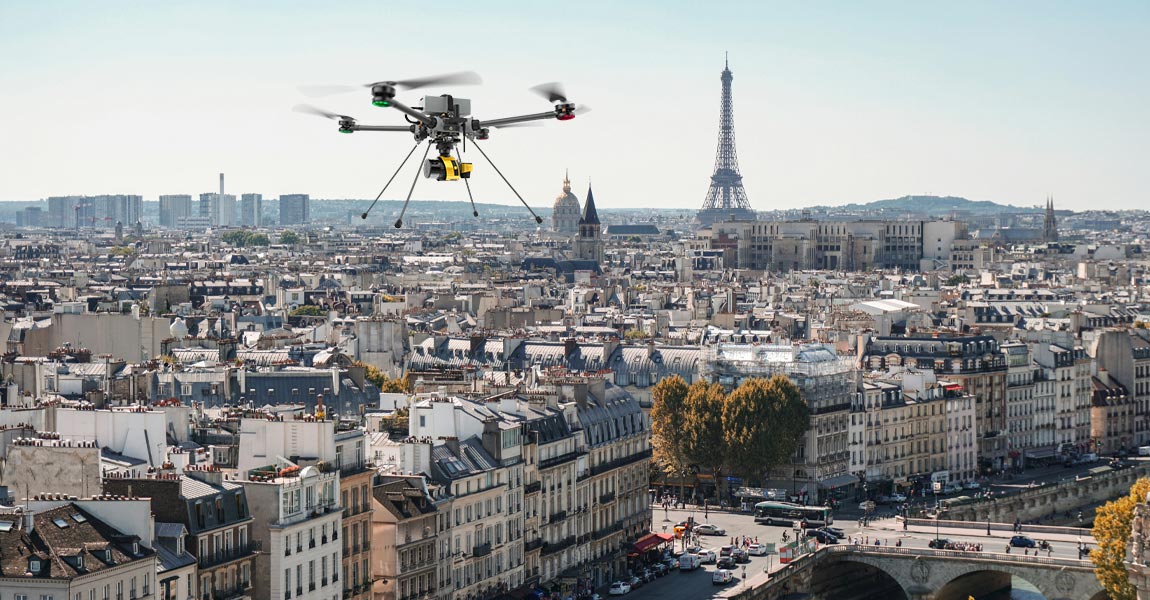
We’re surrounded by raw data—from customer clicks online to 3D landscapes captured by laser scanning devices like LiDAR. Every day, vast volumes of information flow from sensors, online sales, customer surveys, or the LiDAR systems YellowScan offers.
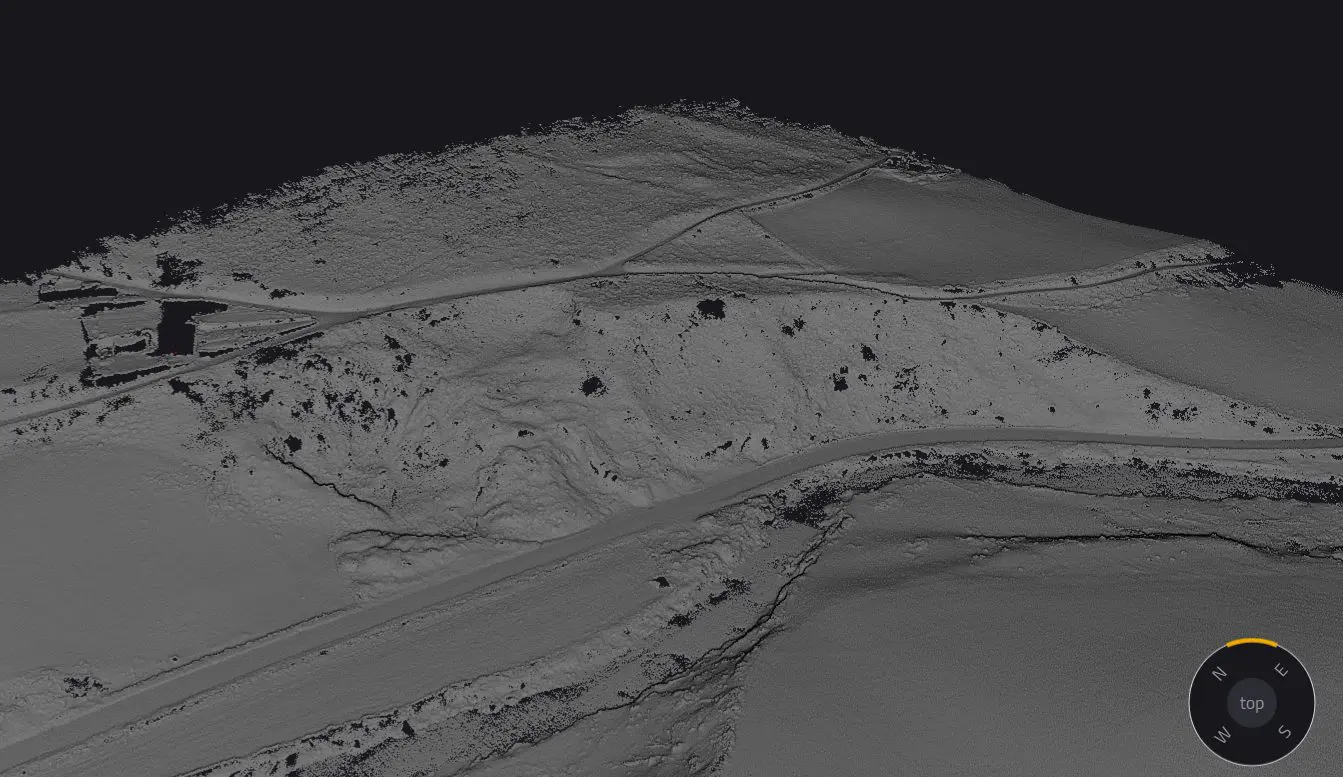
Discover how LiDAR technology helped assess landslide risks in a large woodland prone to terrain instability and erosion.
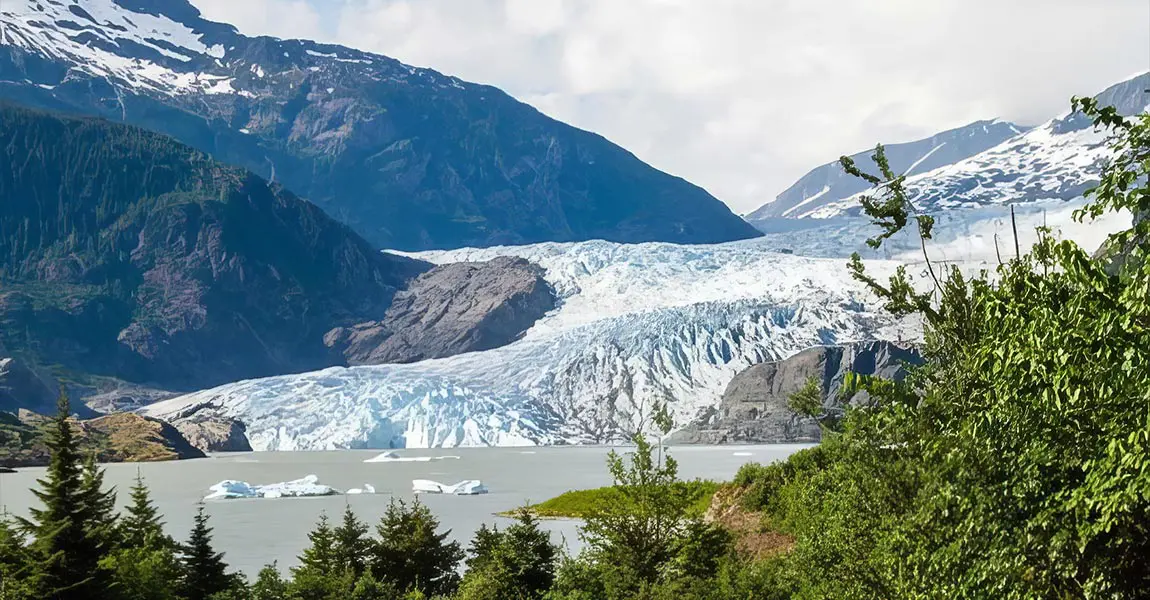
Frontier Precision faced a critical challenge when their long-term client, the Alaska Department of Transportation (DOT), needed to rapidly and accurately map the area affected by the Mendenhall Glacier flood in Juneau, Alaska.
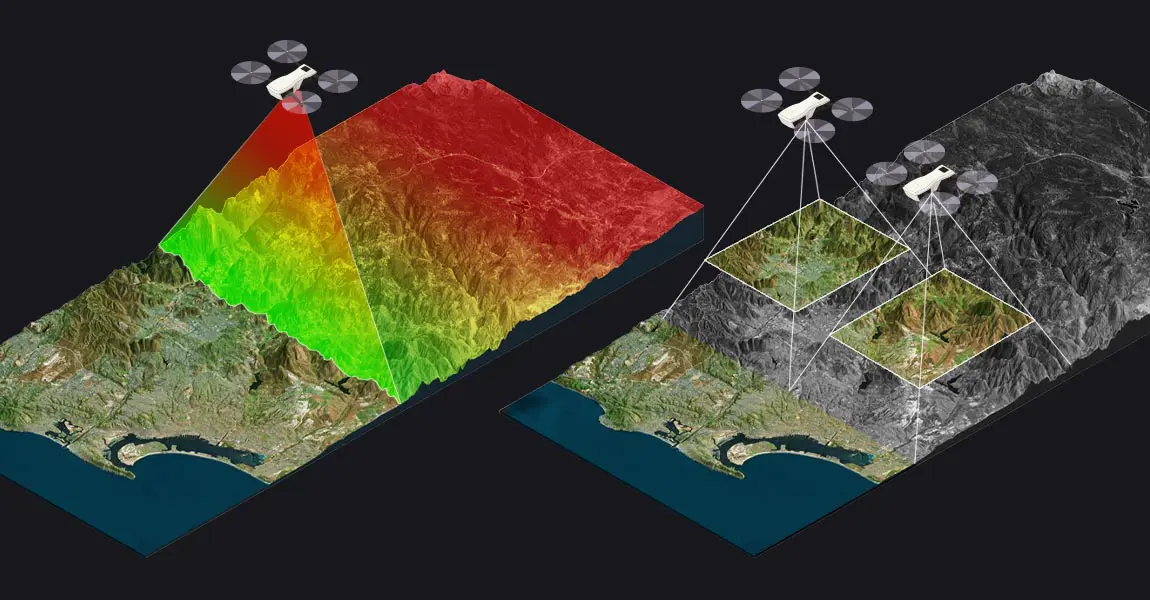
This article compares two popular technologies for creating 3D models and maps: photogrammetry and LiDAR. The focus lies on key differences between both: how they work, the different outputs created for each, and popular use cases. The article finishes with a discussion of why investing in LiDAR can be a better choice, despite higher costs.
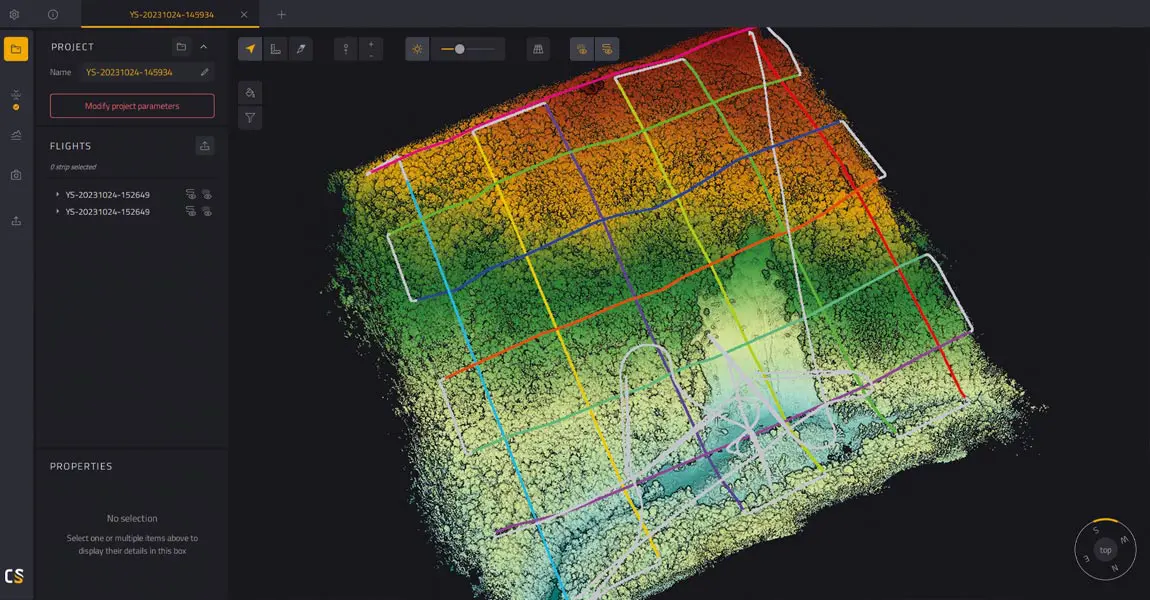
The University of Vermont (UVM) in the USA became involved in this project through its connections with the Vermont Geological Survey (VGS) and the Vermont Agency of Transportation (VTrans). UVM is one of the few organizations in the state with access to UAS LiDAR technology, making it a priority contact for capturing accurate elevation data and models for landslides, especially when rapid data collection was required.
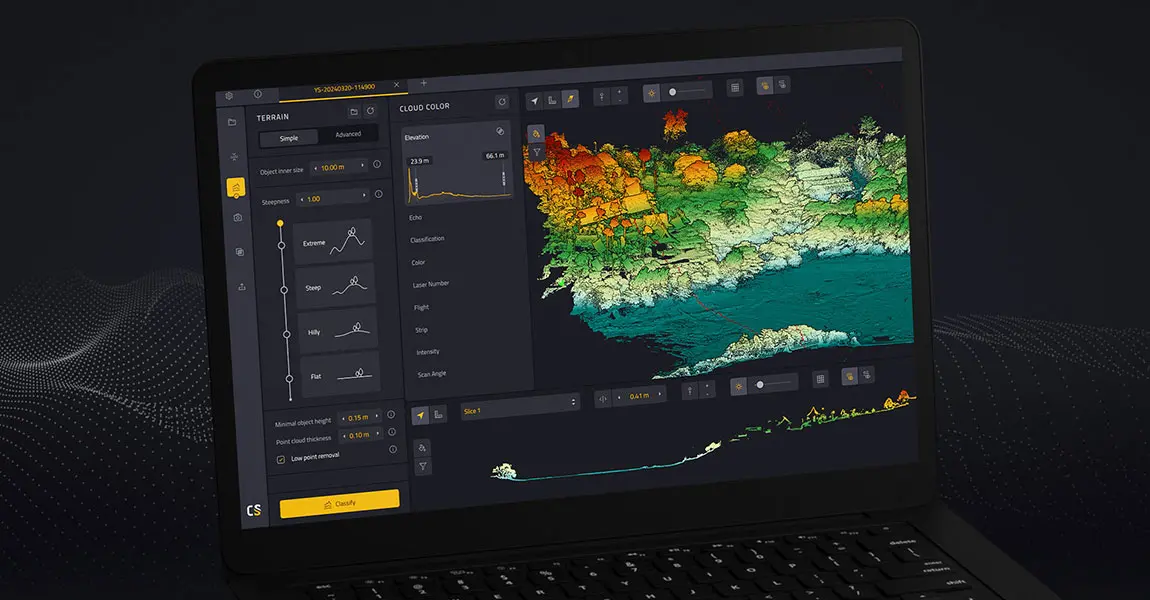
This article explains what LiDAR point clouds are and how they are used for 3D mapping applications. Learn the basics of LiDAR point clouds!
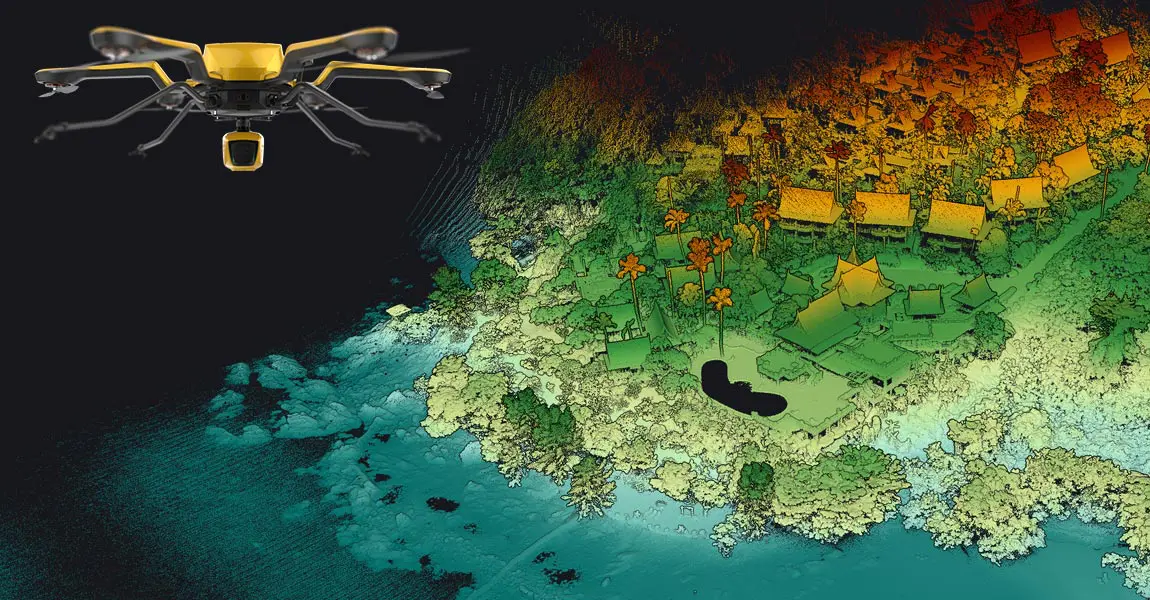
LiDAR scanners are used for capturing 3D point clouds. But how do they work? This and more are explained in the article below, which covers the operating principle of different LiDAR scanners and explains how distance measurements are transformed and combined into 3D point clouds. These provide the basis for many 3D mapping products used for different industry applications.
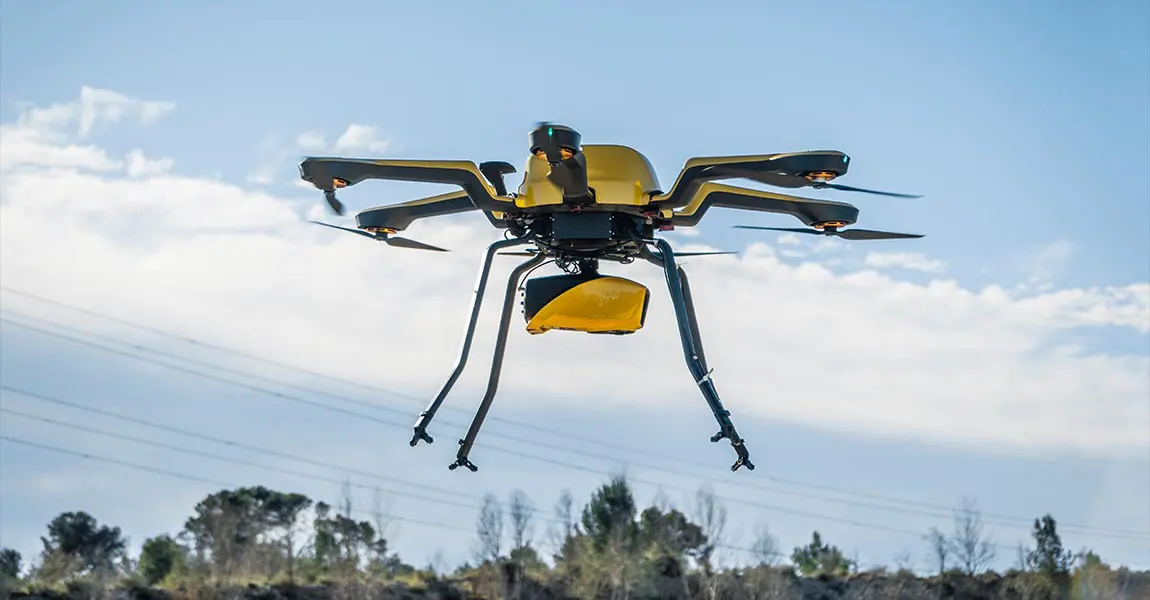
A LiDAR drone is an unmanned aerial vehicle (UAV) equipped with Light Detection and Ranging (LiDAR) sensors. A LiDAR is an active sensor that uses inertial measurement to correlate where it is on the earth’s surface, resulting in a direct measurement of the earth.
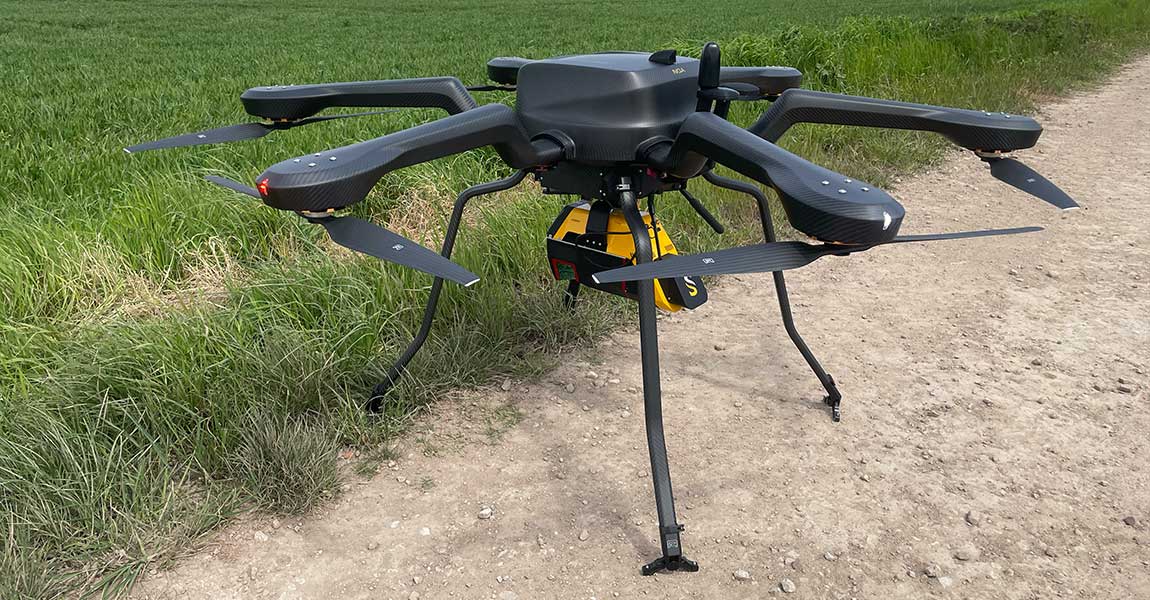
European Hamsters are a protected species living in agricultural areas, often alongside field mice, which are considered pests. Lack of awareness about hamster presence leads to unintentional harm by farmers, endangering the European Hamster population.
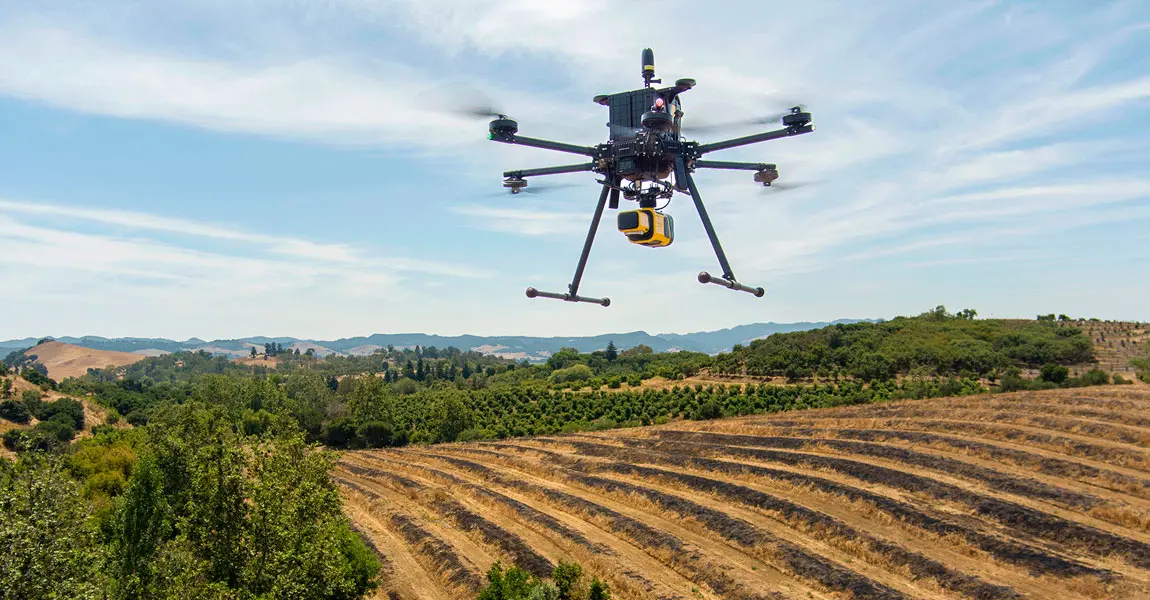
In the realm of environmental monitoring and analysis, the accurate assessment of vegetation plays a crucial role in understanding ecosystems. Drones equipped with advanced imaging technologies have revolutionized this process by providing efficient and precise data collection methods.
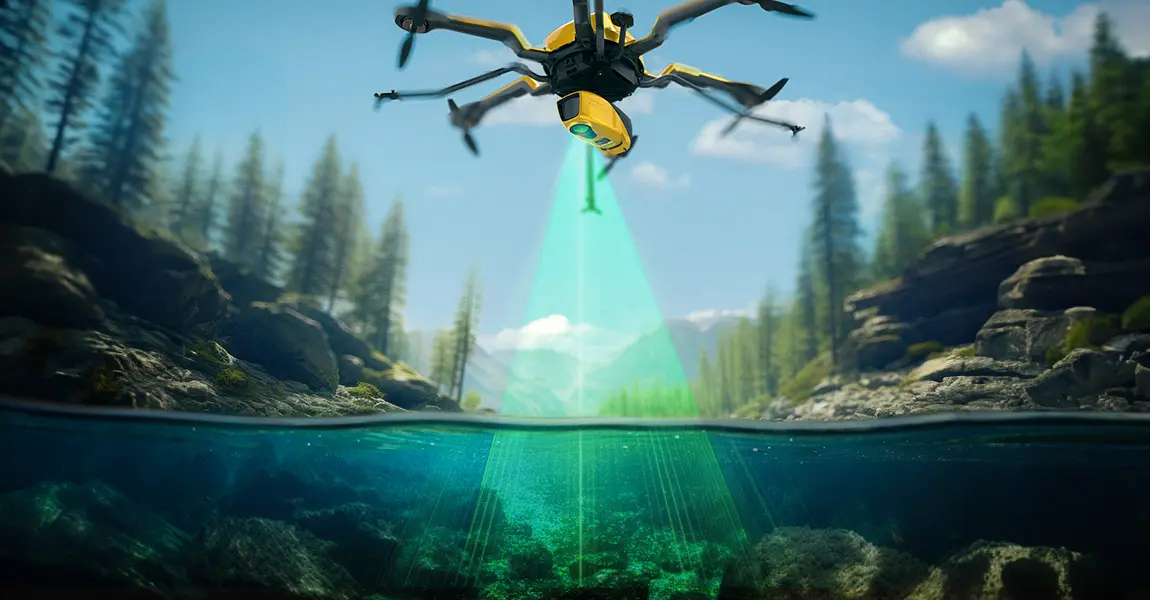
How does laser scanning work underwater? How can a laser penetrate water? Discover this innovative technique for marine surveys and research.
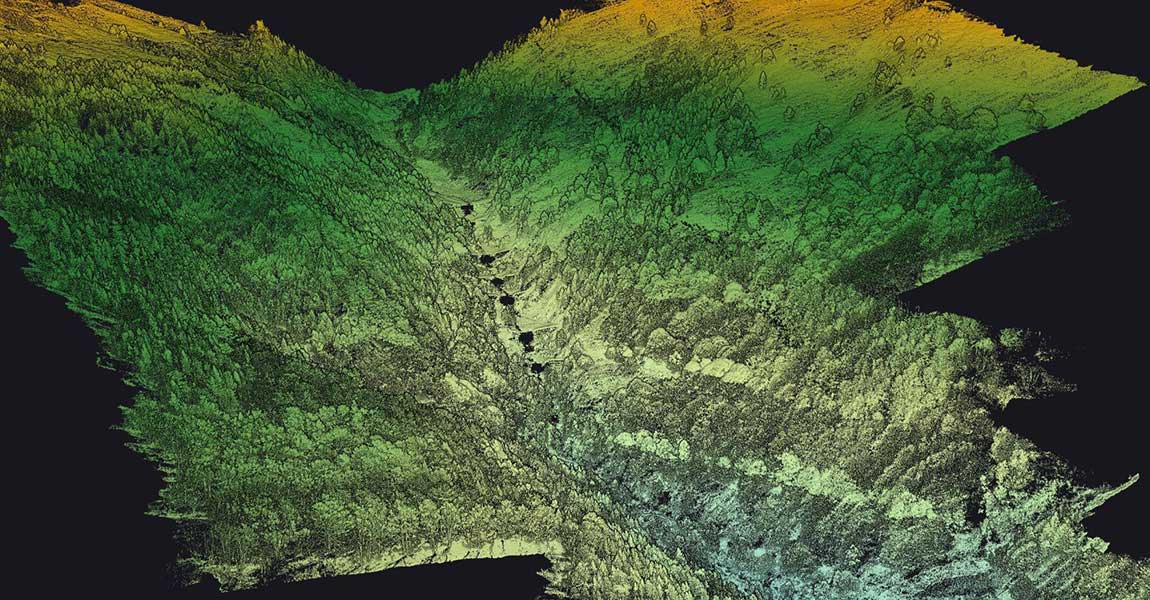
This mission was started by Instadrone in response to a request from the Departmental Directorate of Territories, which lacked LiDAR equipment and therefore outsourced the entire data capture process to drone companies.
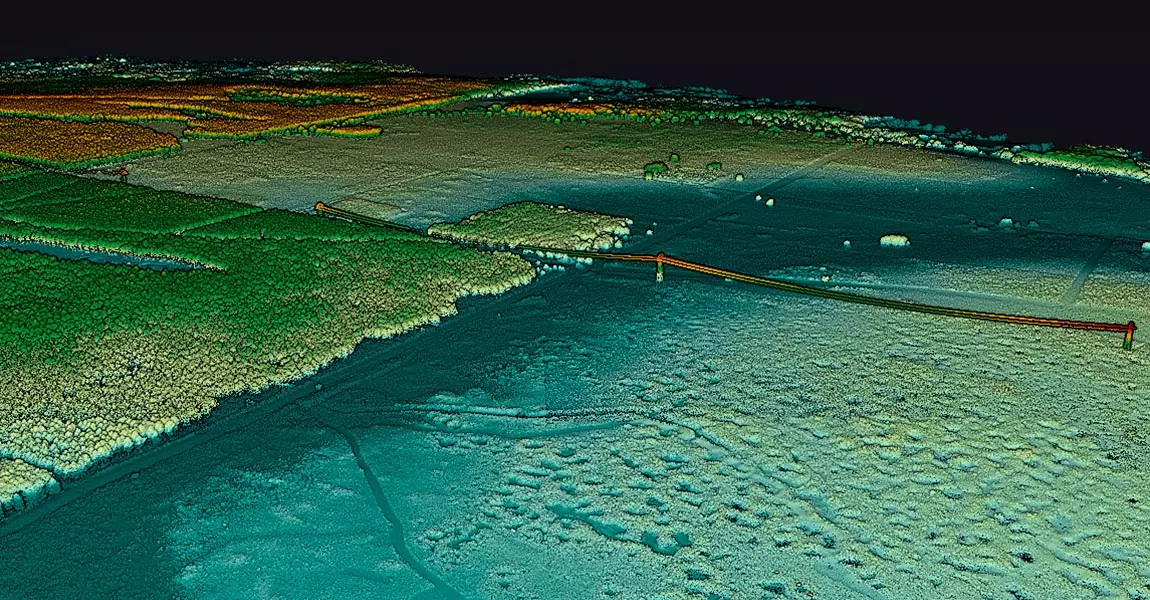
L'Avion Jaune, a company specialized in the production of earth observation data (multispectral imagery and LiDAR), tooks part in a study to model the hydrographic network and the hydraulic functioning of a wetland, within a nature reserve in New Aquitaine, France.
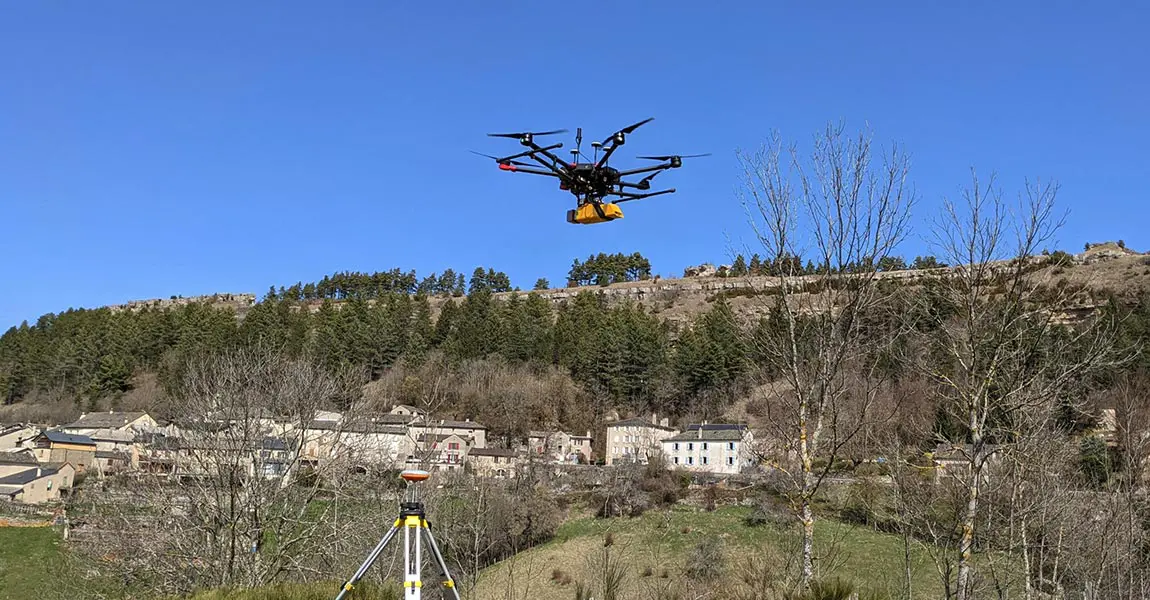
L’Avion Jaune were mandated by the Departmental Council to conduct a risk assessment study of rockfall hazards on their road networks.
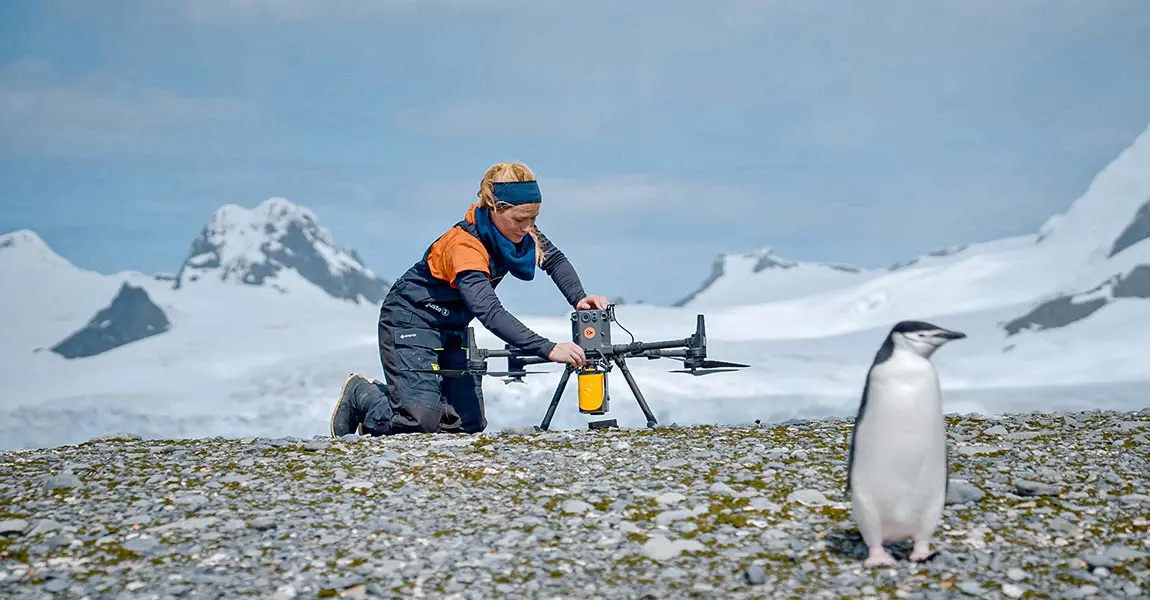
Learn how the YellowScan Mapper LiDAR system was used in Antarctica to study the spatial distribution of penguins in their environment.
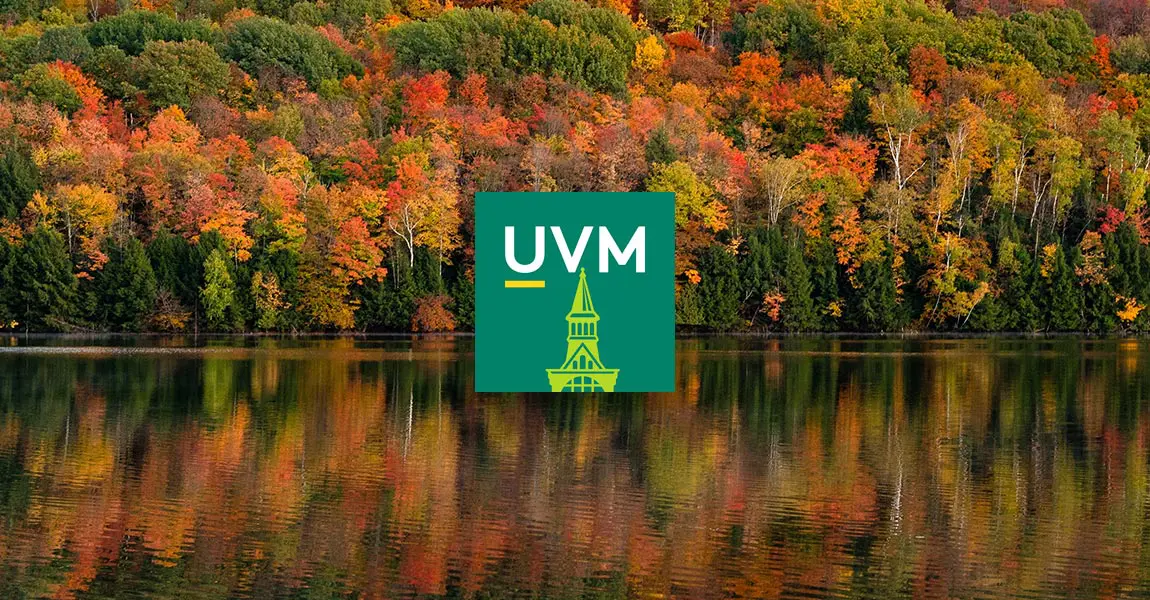
Developing an understanding of changes to the forest structure caused by the gypsy moth outbreak with YellowScan’s Mapper LiDAR sensor.
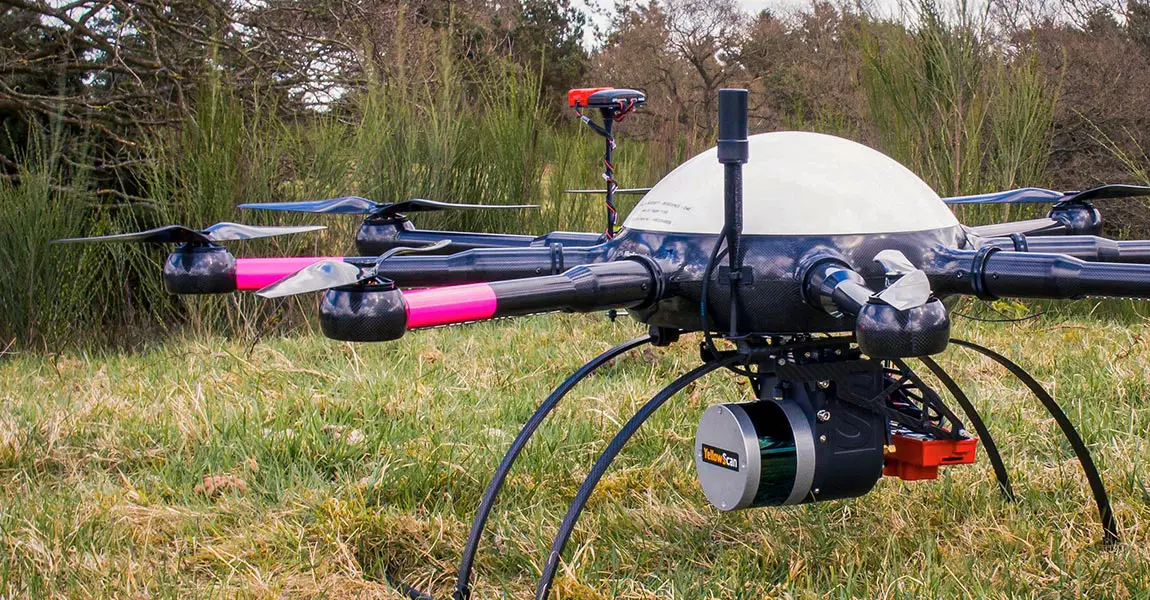
Discover how Bjarke Madsen from Aarhus University in Denmark, used YellowScan Surveyor for its biodiversity research work.
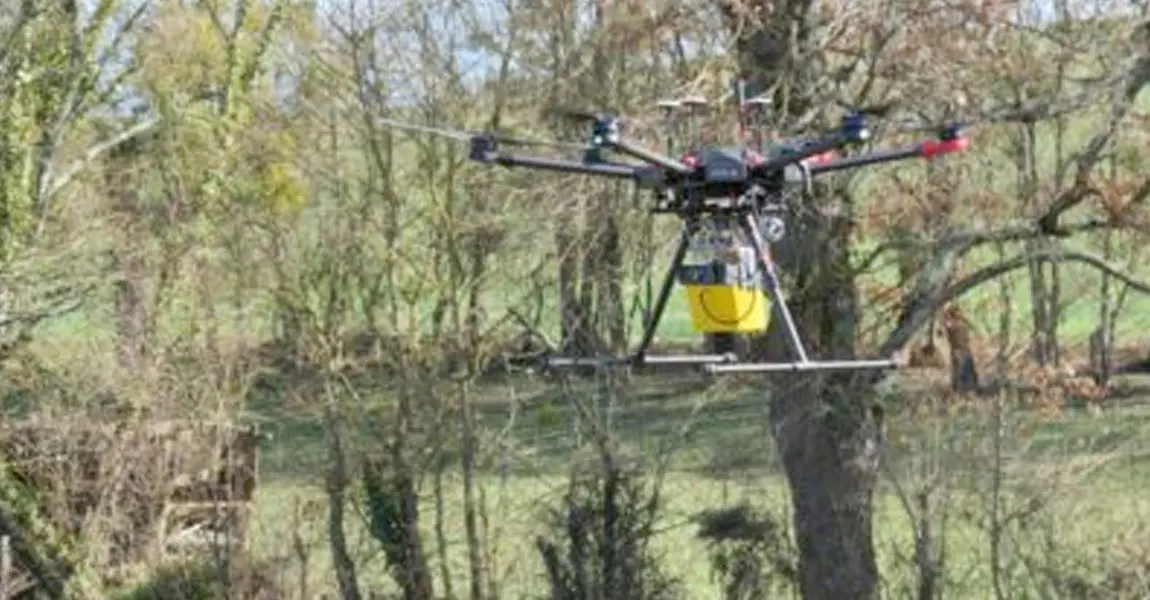
Discover how the UMR 5608 TRACES Lab Research team uses YellowScan LiDAR solutions to map micro-reliefs of archaeological interest.
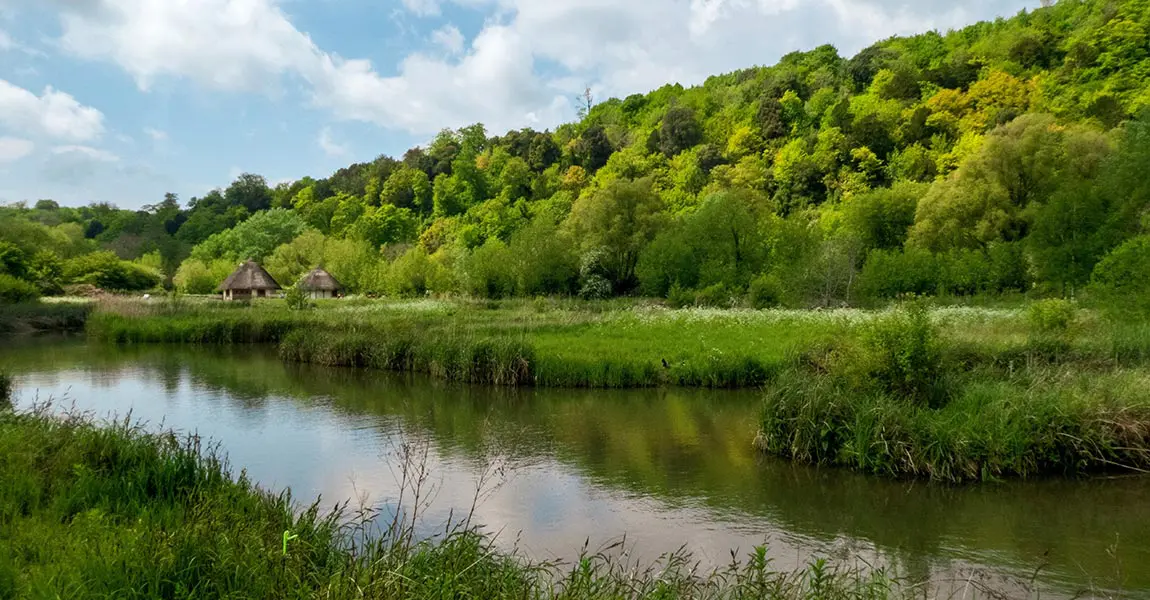

Straight to the Point – LiDAR Application: Advancing Agriculture and Conservation with LiDAR



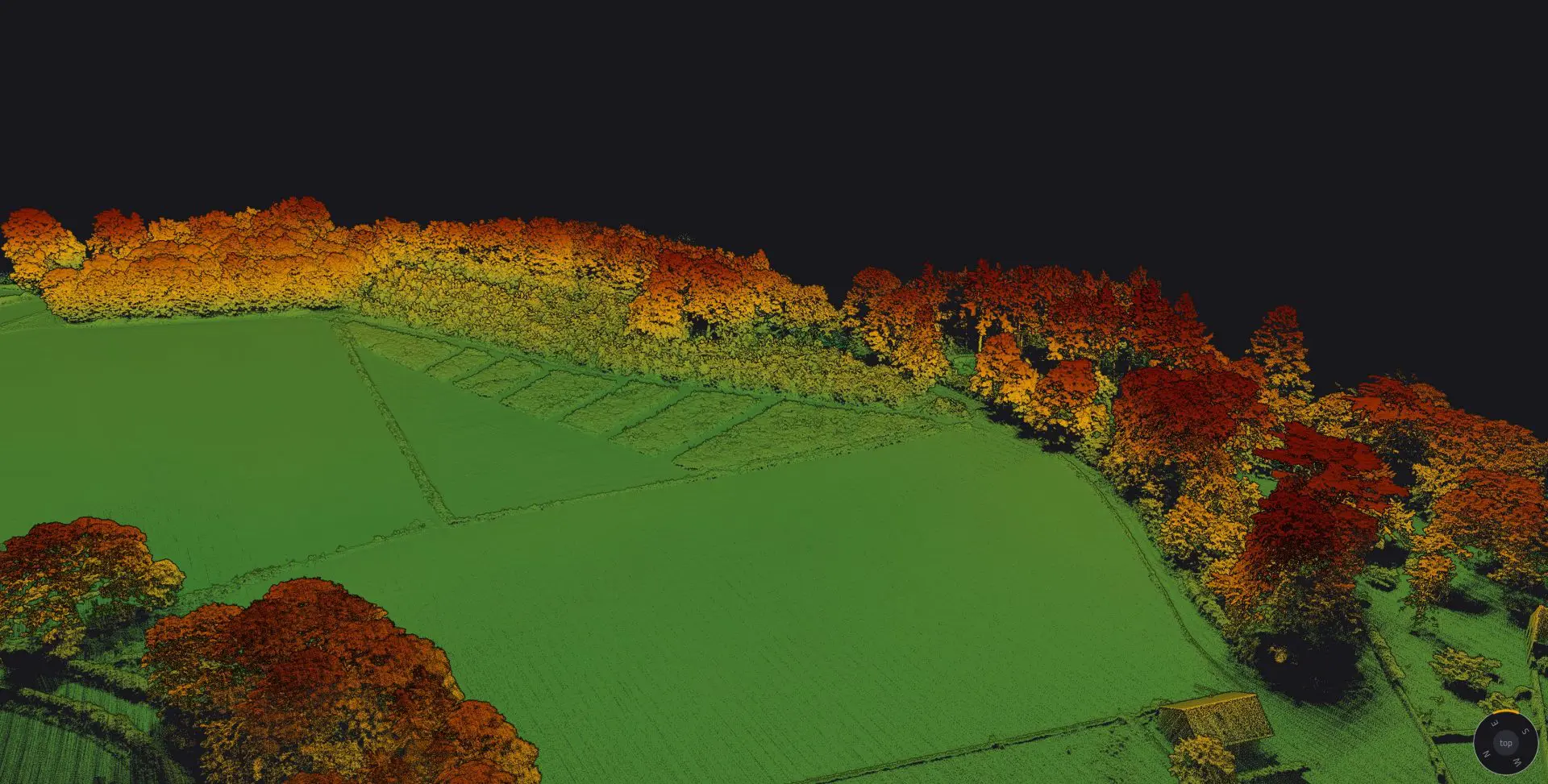
Straight to the Point – LiDAR Application: Assessing landslide risks with advanced LiDAR
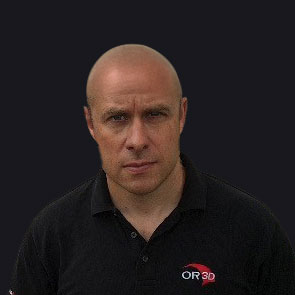

Key benefits
Our LiDAR solutions can capture different levels of vegetation, from the canopy to the ground, which helps analyze forest ecosystems, tree growths, the spread of disease and parasites, and more.
It also captures the 3D structure of the terrain and the vegetation above it, making it a valuable technique in many fields.
Snow cover evaluation
Compare bare and snow-covered terrains to work out the thickness of the snow and to find out where it accumulates. You can also follow the evolution of glaciers or pack ice.
Geologic history
Study the Earth’s surficial processes and landforms.
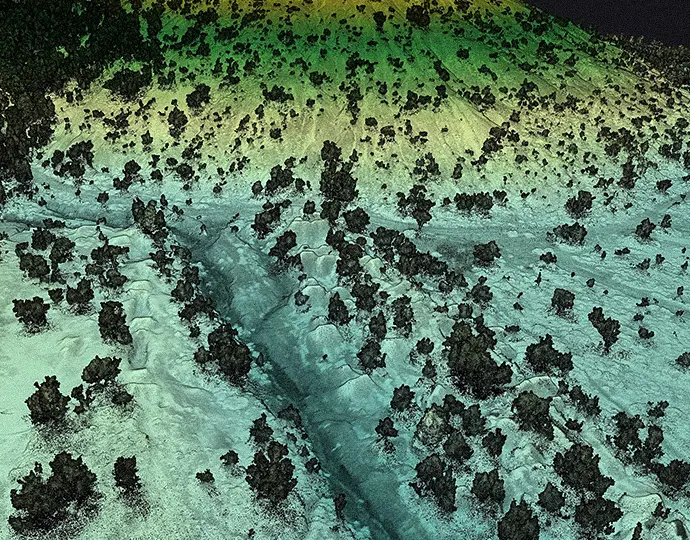
Mapping biodiversity from above
Obtain spatially accurate and comprehensive biomass evaluation for hazard prevention, effective planning and nature management.
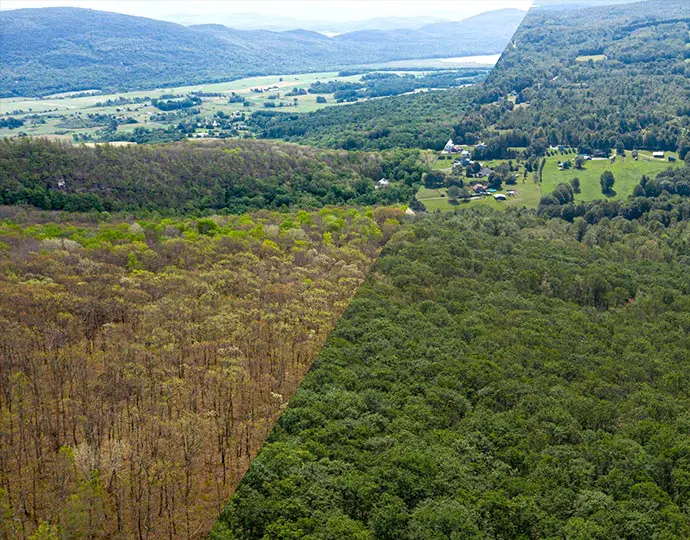
Erosion monitoring
Follow the action of water in fast changing environments, such as coastal cliffs, rivers, canyons and gorges, and more.
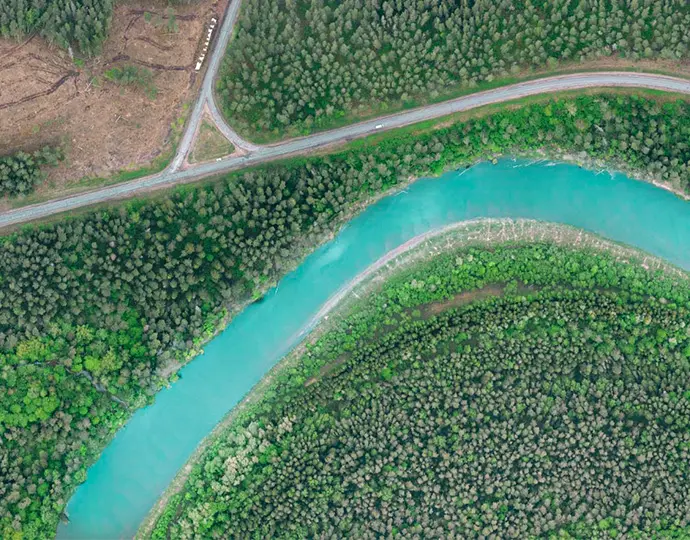
Wildlife habitat suitability
Assess and characterize suitable wildlife habitat by getting detailed 3D landscape information not available from other remote sensing applications.
Functional Always active
Preferences
Statistics
Marketing
34980 Saint-Clément-De-Rivière
yellowscan.com
+33 (0)4 11 93 14 00
